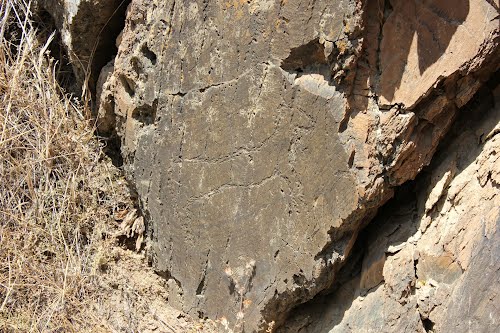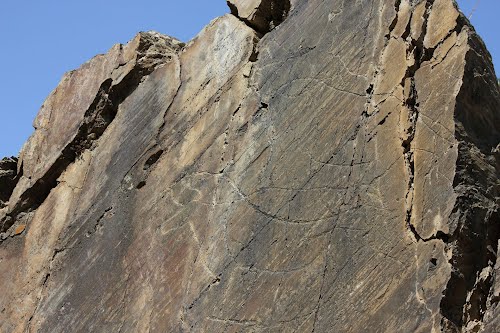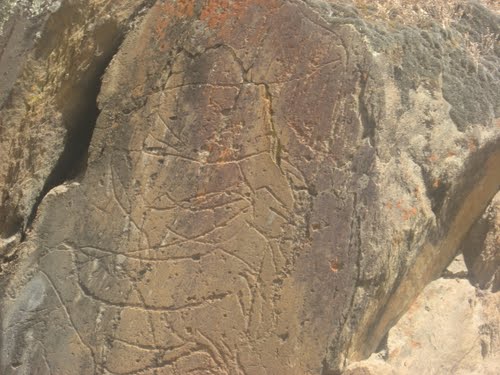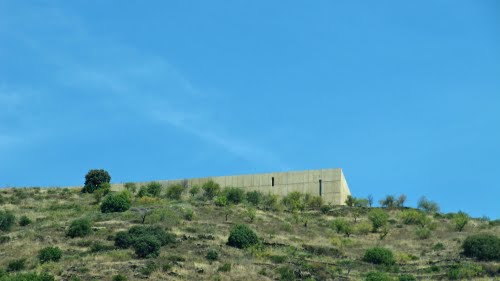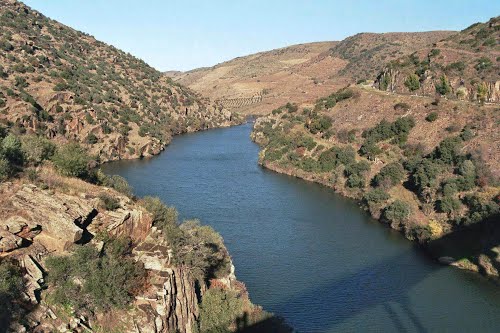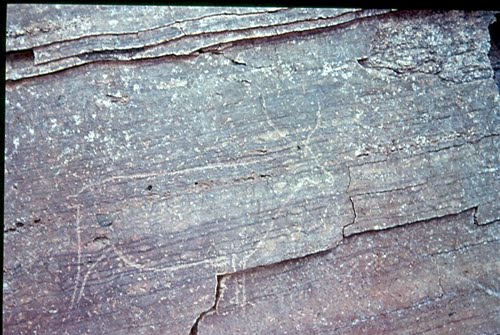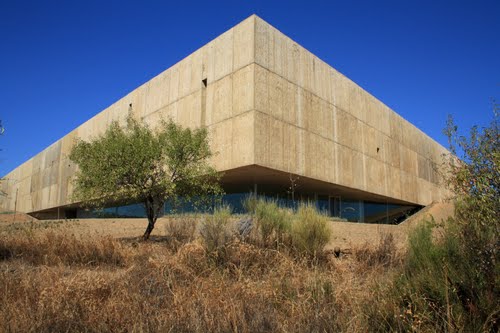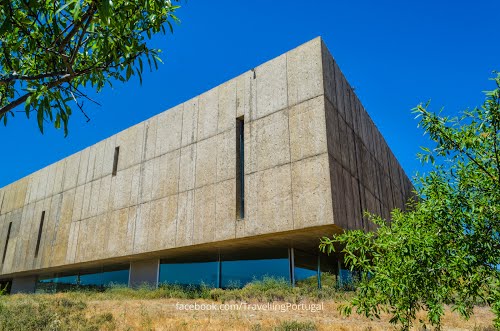The Prehistoric Rock-Art Sites of the Coa Valley are open-air Paleolithic archaeological sites located in a region of northeastern Portugal, along the Portuguese-Spanish border.
In the late 1980s, the engravings were discovered in Vila Nova de Foz Coa in the course of construction of a dam in the valley. The site is situated in the valley of the Coa River, and includes thousands of engraved rock drawings of horses, bovines and other animal, human and abstract figures, dated from 22,000 to 10,000 years BCE. The sites were reviewed by archeologists and other specialists of UNESCO and other agencies. Public support grew for preservation of the archeological artifacts and rock paintings both within Portugal and internationally, and in 1995 elections led to a change in government. The new prime minister cancelled this dam project.
Since 1995, a team of archaeologists have been studying and cataloging this pre-historical complex. The Archaeological Park of the Coa Valley (Portuguese: Parque Arqueológico do Vale do COa (PAVC)) was created to receive visitors and interpret the findings, and the Coa Museum was constructed here following a major design competition.

